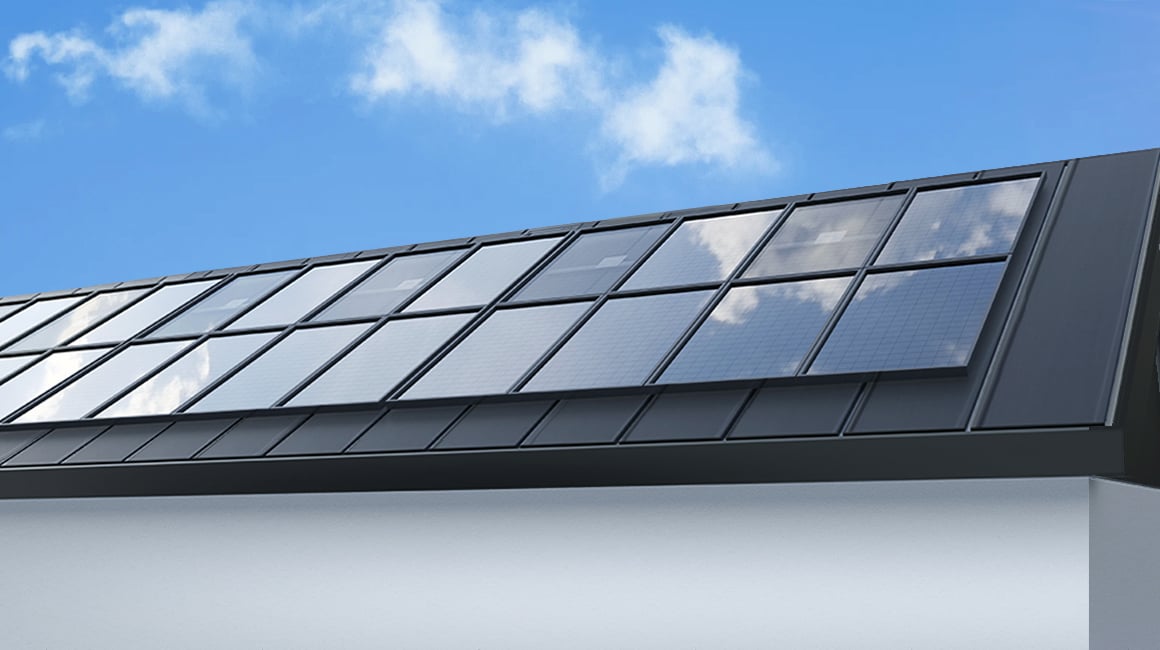As industries worldwide seek sustainable solutions, solar energy for industrial projects has emerged as a pivotal component in the quest for energy efficiency and environmental responsibility. This article delves into the trends and innovations shaping the future of solar energy in industrial manufacturing.

Understanding Solar Energy for Industrial Projects
Solar energy harnesses sunlight to generate electricity, making it a clean and renewable resource. For industrial projects, this energy source offers numerous advantages, including reduced operational costs and a lower carbon footprint. But how can industries effectively integrate solar energy into their operations?
- Cost Reduction: By investing in solar energy, companies can significantly lower their electricity bills.
- Energy Independence: Solar installations can provide a reliable energy source, reducing reliance on fossil fuels.
- Environmental Impact: Utilizing solar energy contributes to a decrease in greenhouse gas emissions.
Innovative Technologies in Solar Energy
The landscape of solar energy is continually evolving, with new technologies enhancing efficiency and accessibility. For instance, advancements in photovoltaic (PV) inverter technology have improved the conversion of solar energy into usable electricity. These innovations not only increase energy output but also enhance the reliability of solar systems.
Moreover, the integration of smart grid technology allows for better energy management. Industries can monitor their energy consumption in real-time, optimizing usage and reducing waste. What are some of the latest innovations that industries should consider?
- Energy Storage Solutions: Battery systems enable industries to store excess energy generated during peak sunlight hours for use during non-peak times.
- Building-Integrated Photovoltaics (BIPV): This technology allows solar panels to be integrated into building materials, maximizing space and aesthetics.
- Hybrid Systems: Combining solar with other renewable sources, such as wind or biomass, can enhance energy reliability.
Challenges and Considerations
While the benefits of solar energy for industrial projects are clear, challenges remain. Initial investment costs can be significant, and industries must consider the long-term return on investment. Additionally, regulatory hurdles and the need for skilled labor can pose obstacles to implementation.
However, with proper planning and support, these challenges can be overcome. Industries should conduct feasibility studies and explore financing options to make solar energy a viable solution.
The Path Forward
As we look to the future, the role of solar energy in industrial manufacturing will only grow. Companies that embrace these innovations will not only enhance their operational efficiency but also contribute to a more sustainable future. By investing in solar energy for industrial projects, businesses can lead the way in environmental stewardship.
For more information on how to implement solar energy solutions in your industrial projects, visit  .
.













